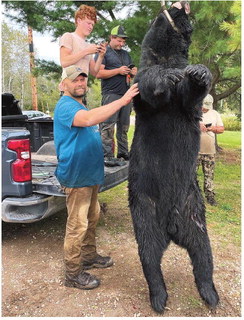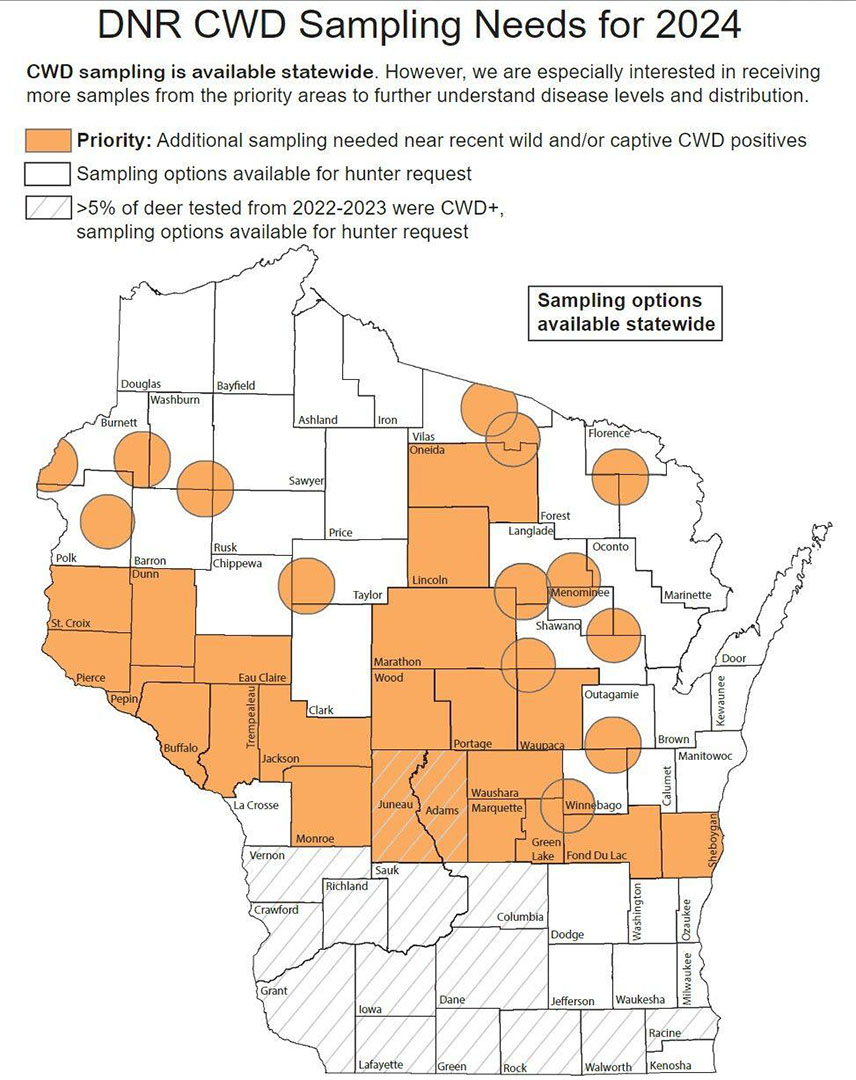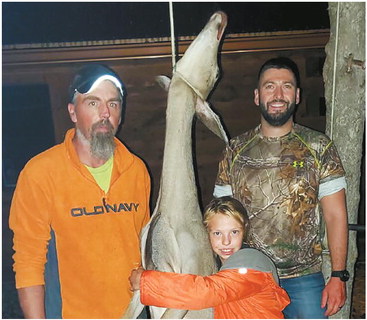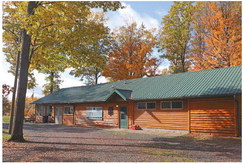Things working for, against 2024 gun deer hunt
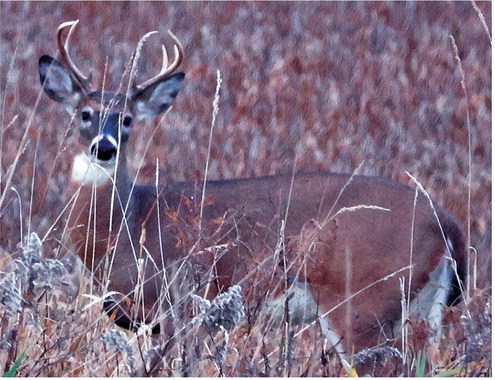

By Matt Frey, The Star News
A warm and generally dry fall hasn’t always made it feel like “hunting weather,” but the calendar shows that November is indeed here. For those who target whitetailed deer in Wisconsin, it is the month many of them highly anticipate.
Though rain finally arrived in early November, so did the deer’s mating season, the rut, and harvest numbers in the region went on the rise, showing deer were on the move.
That movement isn’t likely to be as strong when this year’s nine-day gun deer hunting season begins on Saturday, Nov. 23 and runs through Sunday, Dec. 1. These are the latest dates possible for the season to occur under Wisconsin’s deer hunting season framework and it’s part of the uncertainty among the Department of Natural Resources’ wildlife management team regarding the 2024 gun season.
On one hand, the ridiculously mild winter of 2023-24 should have given the deer herd momentum to increase and to enter this fall and winter in better health than last year, especially in the state’s Northern Forest Region. But the gun season harvest numbers may not show it as, historically, registration totals almost always drop from the previous year when the season starts on Nov. 23.
“I think things are going to be working for us and against us,” said Spencer O’Brien, the DNR’s new wildlife biologist for Taylor and Rusk counties.
When interviewed on Nov. 6, O’Brien said the rut appeared to be getting into full swing in his coverage area and he expected it would continue for at least another week. But deer movement associated with the rut won’t be as high on opening weekend.
“It’s been a very mild fall so far so a lot of people might be thinking that kind of pushes it back,” O’Brien said. “But year to year, when we have done studies on does going into estrous, it seems pretty consistent from year to year. We’re starting to get into it now. I do quite a bit of hunting myself and I did notice a large uptick in buck and doe activity last weekend over the week or two before that. I think people are going to be in for some good rut activity over the next couple weeks, but by the time we get to that opening weekend on the 23rd it’s probably not going to be nearly as active as it had been and it will be kind of winding down.
“There’s still always some tail end or a later period of does going into estrous,” he added. “It’s not that all of them do right at the same time. People might still be seeing some tail-end activity, but it definitely will not be the peak activity.”
The late start somewhat heightens the chance of some nasty winter weather on opening weekend, which would also curb harvest numbers. But some winter before then wouldn’t hurt.
“A little bit of snow cover always makes things a little easier,” O’Brien said. “It makes deer easier to track, it makes it easier to see new tracks, easier to spot the deer and easier to hear them coming in. I’m hoping with that late start, with this very mild fall, we’ll start to turn over by the end of the month and we’ll start getting some snow on the ground for that. It always makes it tougher when you don’t have snow for the opener.”
Crossbow and archery registration numbers across the local four-county area of Taylor, Clark, Chippewa and Marathon counties are ahead of last year’s pace two weeks before the gun season as are the numbers in neighboring Rusk County. O’Brien sees that as a good sign. In his coverage area of Taylor and Rusk counties, the 2024 bow season numbers were running slightly below the five-year averages.
“Last year’s harvest it was down,” O’Brien said. “I think a lot of it had to do just with the food sources that were available on the landscape. It was just a crazy year for acorn drop. I think that just really threw off some deer movement. I know for sure it threw off the bear movement. We had record lows for the bear harvest too. Now this year without that acorn crop that bear harvest kind of returned to normal. That’s a good sign there.
“The lower harvest last year should help deer numbers too for this year just as far as recruitment goes and the mild winter,” he added. That’s really going to help recruitment as far as does being able to have fawns and be able to nutritionally give them what they need. On the buck side of things I think they’re going to be able to come off a winter that was a lot milder so they’re going to come out a lot healthier and be able to put on better antler growth.”
The dry weather has allowed a larger percentage of crops in agricultural areas to be harvested than this time last year. That could be an advantage to hunters.
“They’re not going to have to be worrying about the deer getting pulled off their land and going toward some of these ag fields or being able to hide in those corn and ag fields,” O’Brien said.
After the nine-day hunt ends, hunting options include the muzzleloader season Dec. 2-11, the statewide antlerless-only hunt Dec. 12-15, holiday antlerless hunts Dec. 24-Jan. 1 in many deer management units, especially in the southern half of the state and the archery/crossbow season, which extends to Jan. 5, 2025 in most units. The bow season does go through Jan. 31 in some of the state’s most heavily-populated units. Hunters are reminded to register their deer by 5 p.m. the day after it is recovered. Registration can be completed online at GameReg.WI.Gov (the fastest and easiest option), by phone at 1-844-426-3734 (1-844-GAME-REG) or electronically at a participating in-person registration station.
Here is a forecast synopsis for the four-county Central Wisconsin News coverage area.
Taylor County
The bow season seems to have gotten 2024 off to a good start in Taylor County, where registrations really took a jump after the Nov. 1-3 weekend.
“Looking at harvests so far, we’re pretty much in line with the five-year average,” O’Brien said. “We’re still a little bit below the five-year average for both Rusk and Taylor counties, but they’re slightly up from last year. So we’re already seeing better trends than last year as far as harvest goes. So that’s a good sign. We’re just getting into the rut right now. It will be interesting to see how those harvest numbers go after a few weeks as we go through the peak part of the rut.”
Through Nov. 4, crossbow hunters had registered 634 deer, including 388 bucks and 246 antlerless deer, while archery hunters had stuck an additional 209 with 130 of them being bucks and 79 being antlerless. At this point a year ago, crossbow hunters had registered about 400 deer and archery hunters were at about 160 deer registered.
Just a few days earlier, through Oct. 28 this year, the crossbow harvest was at 476 and the archery count was at 157.
A 30% overall drop in deer registrations over the entire hunting season resulted in a more conservative approach in April from the Taylor County Deer Advisory Council. On private land, the antlerless quota was reduced from 2,300 in 2023 to 1,100 this year. Using a 20% success rate, that created 5,500 antlerless permits being put up for sale, compared to 8,520 last year.
The public land quota was dropped from 125 to 50 creating just 250 available antlerless permits which quickly sold out. The private land tags are also gone.
While there are fewer tags, O’Brien said he’d like to see the Taylor County hunters who have them use them if they get the chance, especially in the farmland-dominated southern half.
“Anterless harvest is a big proponent of managing deer,” O’Brien said. “Whenever you are managing deer, a lot of times it seems to be the trend more and more as we progress that antlerless harvest is getting less popular. The fewer antlerless deer you do harvest it is going to have an effect on your bucks, just as far as taking nutrition away for them. They’re born at a 50-50 ratio. So every year we only target one of that 50-50 side of the coin, it’s going to skew the population a little bit so it’s always good to try to keep that more in check and keep things more in a natural balance.”
The southwestern part of Taylor County remains a high-priority area for chronic wasting disease (CWD) surveillance. The county remains in a three-year baiting and feeding ban dating back to the depopulation of a CWD-positive deer farm in the summer of 2022. Self-service CWD sampling stations are again available at the Gilman Corner Store, the Medford DNR Ranger Station, the Rib Lake Cenex and the Northwoods Country Store of Sheldon. O’Brien said carcass disposal dumpsters became available the week of Nov. 4 at Medford, Gilman and Rib Lake. The Ladysmith DNR Service Center in Rusk County is a sampling and dumpster site as well.
“With the CWD sampling too I like to point out that you do get a test result, finding out if you’re deer is positive or negative, but you also can get your deer aged,” O’Brien said. “So if you are interested in having your deer aged whenever you send that head in, we have people that age them. That’s always a nice bonus people get and they’ll be able to check that on their Go Wild account when they get their test results back.”
Chippewa County
A maintain population objective has been in place in Chippewa County for a handful of years now and, in April, the county’s Deer Advisory Council reflected the maintain theme by keeping its quota and permit levels the same as a year ago.
Deer populations remain highest in the Central Farmland portion of the county, which covers roughly the southern twothirds of Chippewa County. The Northern Forest areas, generally lands north and east of Hwys 64 and 53, carry populations that seem to be steady in numbers and should have benefited from last year’s mild winter.
The metro subunit surrounding Chippewa Falls, particularly Lake Hallie and areas around Lake Wissota, continue to have an overabundance of deer. Land owners have been asked to open their properties to hunting and hunters have been asked to target those areas for additional anterless harvests.
Like most of the state, harvest numbers dipped in Chippewa County last fall compared to 2022. The overall harvest in the
